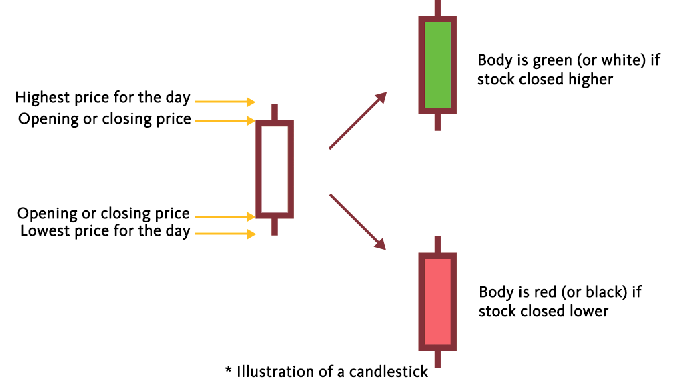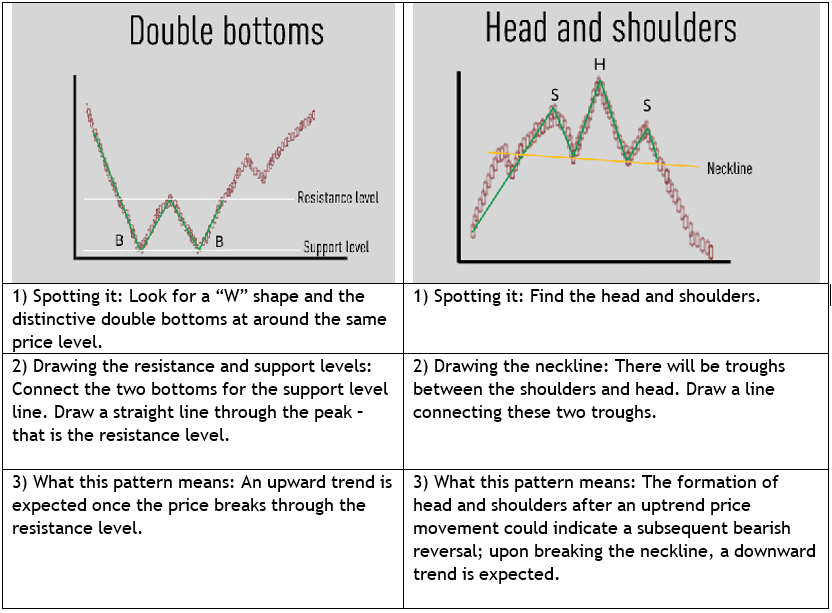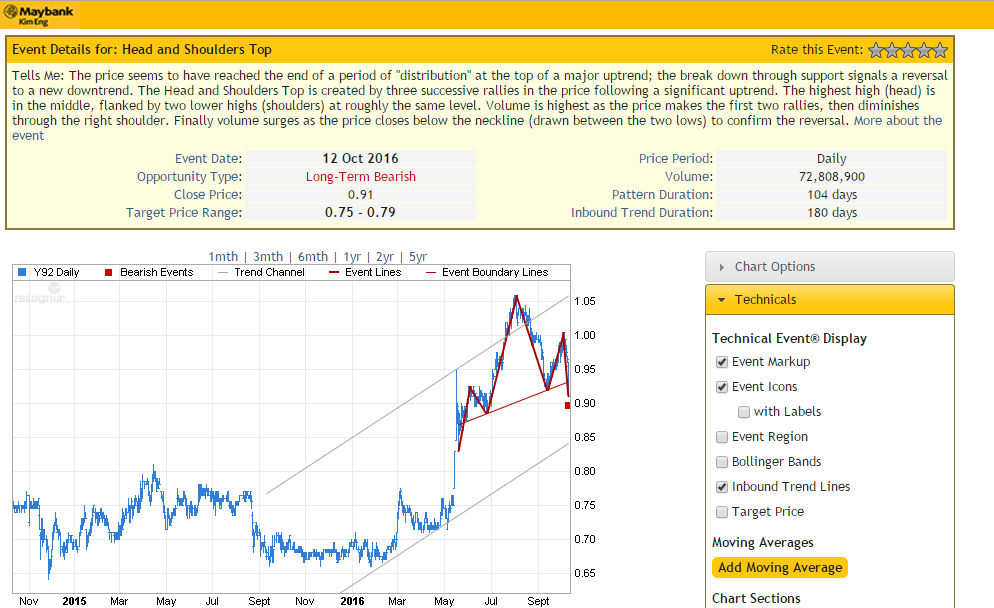When you run a business, whether it’s a small start-up or a large corporation, you need to be confident in where you invest all company profits. Pumping a lot of the money back into the business is the place to start in order to help it grow and remain profitable. Yet there are many other areas in which you can invest as a business owner that will provide dividends to gain further profits for strengthening the firm. Here are five of the best investments for business owners to make.
- Penny Stocks
Especially for start-ups, new and small businesses, penny stocks are a great place to start for any business owner making their first investments. These are companies that trade with exceptionally low share prices (usually £3 or less), which means a lot of shares can be invested in with a low amount of capital. They are a highly volatile investment but do make a great starting place for learning the basics of investing.
- Forex
If you want to find a reputable way of making some extra money for your business by investing profits, then forex trading with Fx Pro is a good option. There are a number of safe currencies to invest in during times of uncertainty, or more risky choices if you’re feeling brave. For beginners or experts, it offers a good way to boost profits across international currency markets.
- Equity
Buying an ownership stake or equity investment in another company can provide additional capital for your firm. Obviously, it is highly inadvisable to invest in any competitors. Finding a successful company or one that is on the rise to take an ownership stake can result in good percentage profits for your business, as long as it doesn’t perform poorly or go bankrupt.
- Property
Real estate is a great way to enter an entirely new market and with house and rent prices still rising, it can be incredibly lucrative. It may be better to invest in commercial property, related more to your business though, such as buying your office rather than renting if you have the profits. This provides a useful asset and one that will hopefully grow in value.
- Bonds and Mutual Funds
For long term, safe investments bonds and mutual funds are the go-to option. Government bonds are some of the safest investment options out there, while mutual funds can be found that have low risk attached to them. They provide a good place to learn about market trends without the risk of losing big in one go.
Consider these five investments if you’re a business owner looking to put your profits in a worthwhile place.








 Putting It Into Practice
Putting It Into Practice
